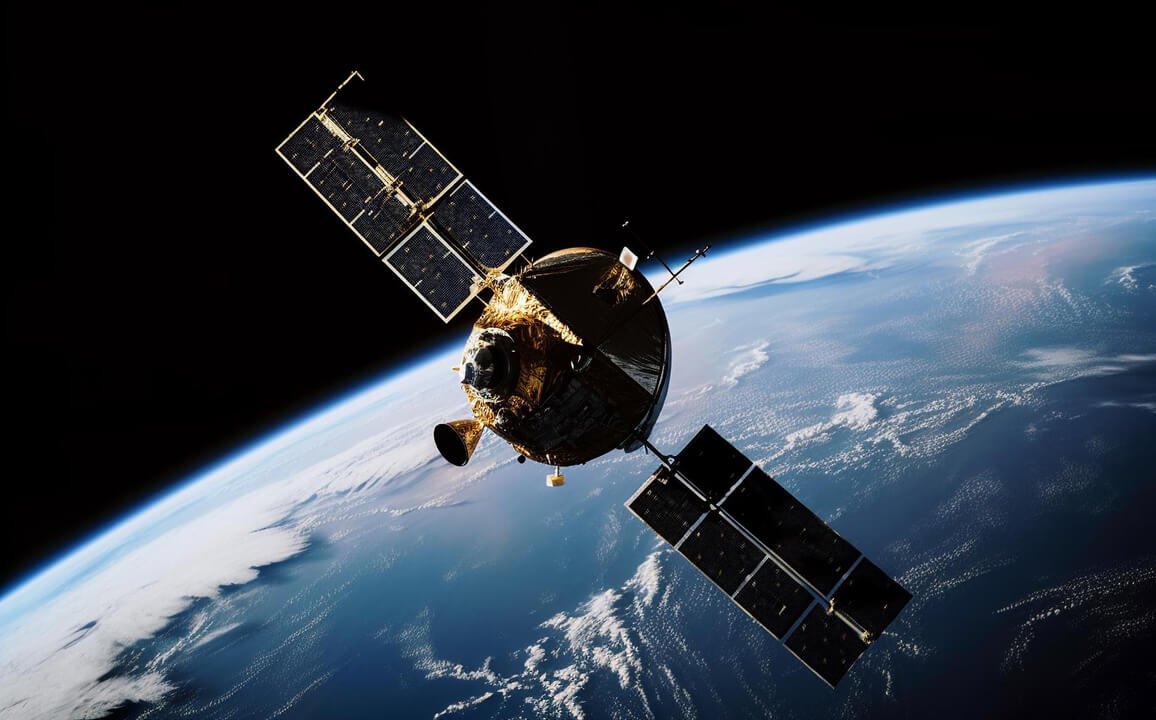Commercial Satellites
- Home
- Commercial Satellites
Commercial Satellites

Introduction
Commercial satellites now underpin global communications, Earth observation, navigation, and a growing set of commercial services—from broadband connectivity and remote sensing to logistics, IoT, and space-based cloud computing. Advances in miniaturization, launch access, and software-defined payloads have driven rapid proliferation of constellations and new business models, shifting space from a predominantly government domain to a vibrant commercial ecosystem.
Market Drivers
– Reduced launch costs and ride-share opportunities enabling frequent, lower-cost access to orbit.
– Miniaturized, cost-effective platforms (smallsats and cubesats) that lower entry barriers and accelerate iteration.
– Demand for ubiquitous connectivity, high-resolution Earth data, and low-latency services (e.g., LEO broadband).
– Commercialization of on-orbit services (refueling, repair, debris remediation) that extend asset life and reduce total cost of ownership.
– Regulatory and investment landscapes maturing to support private capital flows and scalable business models.
Key Capabilities and Architectures
– Constellations vs. geostationary assets: tradeoffs between latency, coverage, throughput, and lifecycle cost.
– Software-defined payloads: reconfigurable radios, on-board processing, and cloud-native ground integration for flexible service provisioning.
– Edge processing and hosted payloads: moving analytics to the satellite to reduce downlink needs and accelerate decision cycles.
– Inter-satellite links and mesh networking: resilient routing, dynamic load balancing, and reduced dependence on ground stations.
– Modular buses and standard interfaces: enabling rapid manufacturing, multi-vendor supply chains, and streamlined on-orbit servicing.
Operational Considerations
– Mission assurance: rigorous testing, redundancy, and end-to-end verification to meet SLAs for commercial customers.
– Spectrum and regulatory compliance: securing frequency coordination, licensing, and ITU coordination for global operations.
– Ground segment strategy: distributed ground stations, cloud-native operations centers, and telemetry/command security.
– Lifecycle management: design for upgradability, on-orbit servicing compatibility, and planned deorbiting or end-of-life disposal.
– Business continuity: resilient network architectures and contingency plans for interruption or asset loss.
Security and Resilience
– Cybersecurity: encrypted telemetry/telecommand channels, secure OTA updates, signed firmware, and supply-chain provenance.
– Physical resilience: radiation-hard or tolerant components, thermal control, and collision-avoidance capabilities.
– Operational resilience: autonomous fault detection and mitigation, multi-layered telemetry analytics, and rapid anomaly response procedures.
– Regulatory and contractual safeguards: insurance, SLAs, and clear incident-response protocols with partners and customers.
Commercial Use Cases
– Connectivity: LEO broadband for underserved regions, fixed/mobile backhaul, and in-flight/at-sea connectivity.
– Earth observation: high‑cadence, high‑resolution imagery for agriculture, insurance, environmental monitoring, and Governance applications.
– Machine-to-machine communications: global IoT networks for asset tracking, telemetry, and telemetry aggregation.
– Cloud and edge services: space-based computation, caching, and data pre-processing for latency-sensitive applications.
– On-orbit commerce: hosted payload marketplaces, in-space manufacturing, and logistics services (refuel, relay, repair).
—
Business & Strategic Challenges
– Capital intensity and return timelines: high upfront investments and the need for scale to reach profitability.
– Regulatory complexity and export controls: multi-jurisdictional licensing, frequency coordination, and national security restrictions.
– Space traffic and congestion: collision risk management, constellation coordination, and increasing liability exposure.
– Competition and commoditization: downward pressure on pricing and the need for differentiation through vertical integration, software services, or specialized payloads.
– Supply-chain fragility: component obsolescence, single-source dependencies, and counterfeit risks.
Best Practices for Commercial Operators
– Design for scalability: standardized platforms, automation in manufacturing, and repeatable integration/test processes.
– Prioritize security-by-design: threat modeling, code signing, secure CI/CD pipelines, and ongoing post‑launch monitoring.
– Build flexible business models: hybrid revenue streams (data-as-a-service, subscriptions, hosting fees) and partnership ecosystems.
– Invest in sustainability: responsible deorbiting, debris mitigation strategies, and active participation in space traffic management initiatives.
– Leverage partnerships: alliances with launch providers, ground-station networks, and data processors to accelerate market entry and resilience.
Why Choose Us
We deliver mission‑grade security, proven operational support, and industry-leading engineering to keep your space assets resilient and mission-ready. Our proactive threat hunting, secure‑by‑design development, and rapid incident response reduce risk, shorten time‑to‑mission, and lower total lifecycle cost. Trusted by commercial operators and integrators, we provide measurable reliability, clear accountability, and continuous improvement across the mission lifecycle.
- Extemly low response time at all time
- We are always ready for your growth
- We understand security and compliance
Conclusion

Commercial satellites are transforming global infrastructure, offering unprecedented opportunities for connectivity, sensing, and on-orbit services. Success requires not only technical innovation but disciplined programmatic execution, security-conscious design, and sustainable operational practices. Operators that combine scalable architectures, resilient supply chains, and customer-centric services will capture the largest share of the expanding space economy.